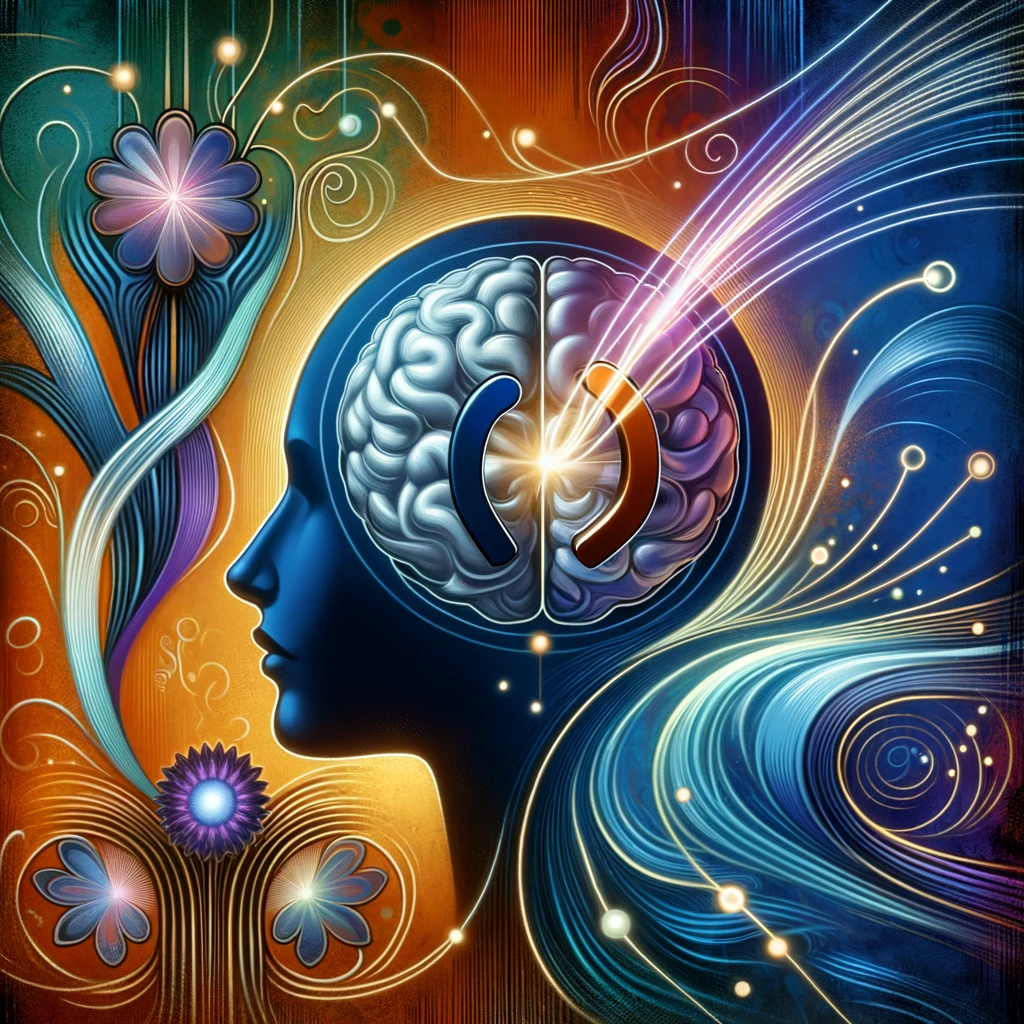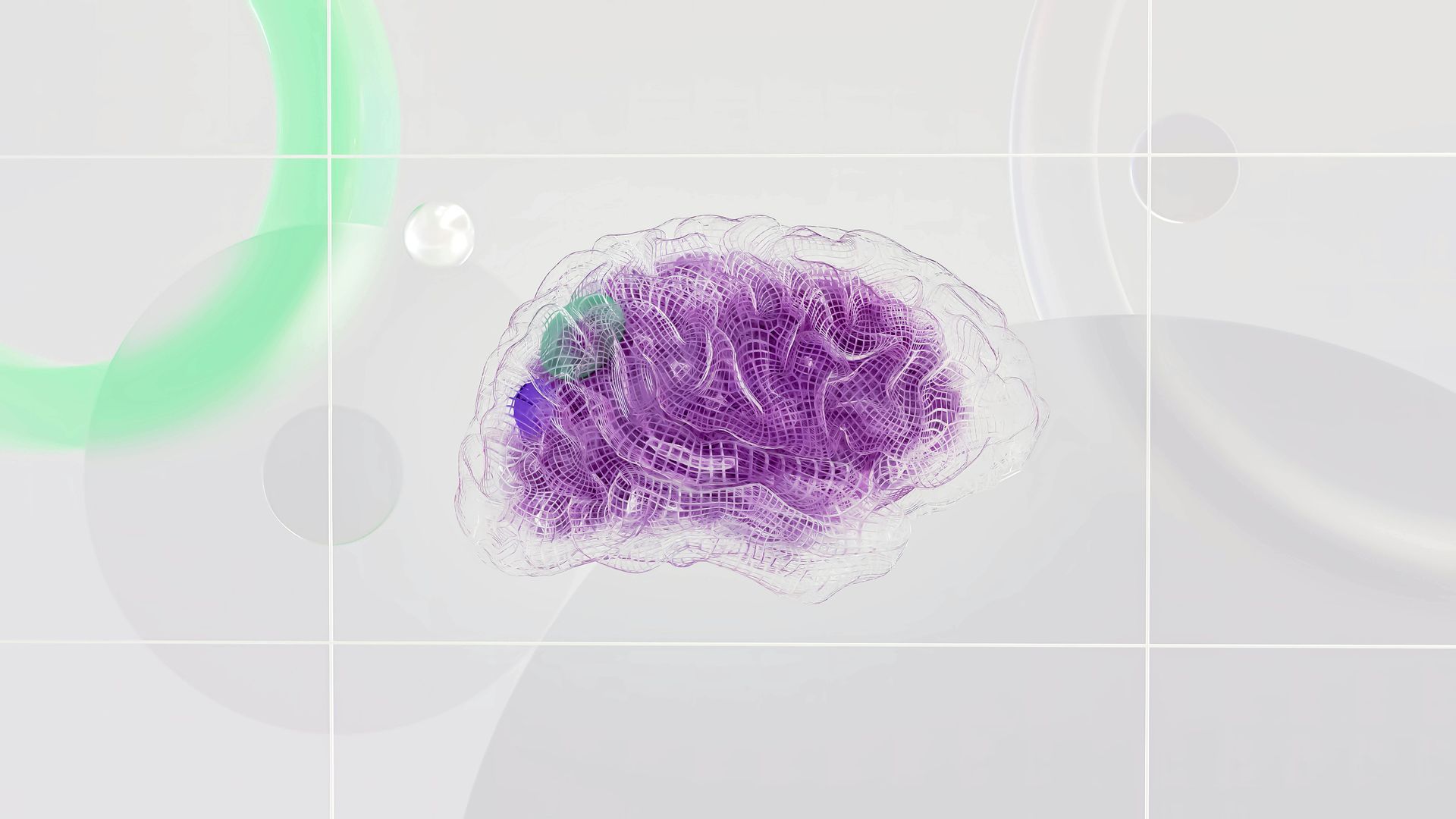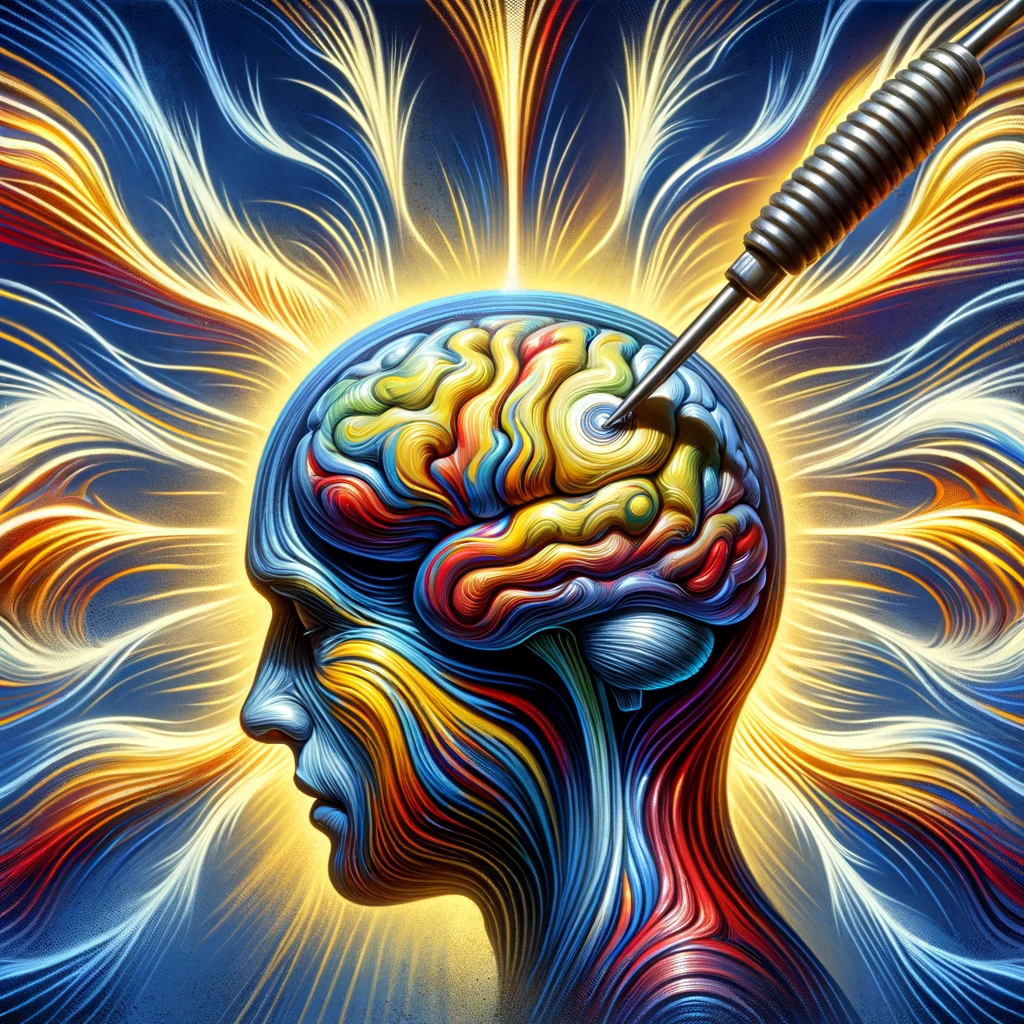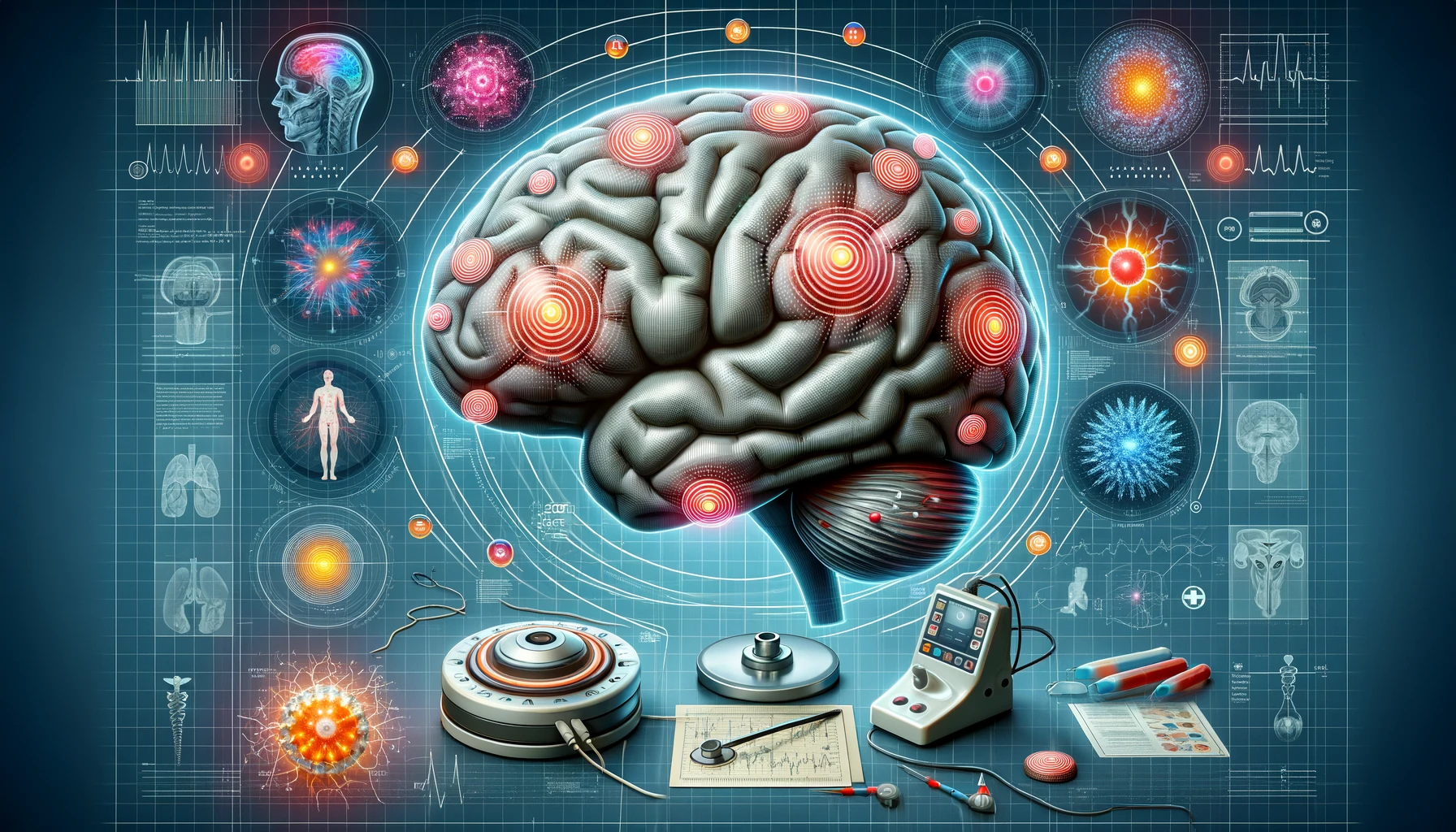Exploring Transcranial Direct Current Stimulation (tDCS): An Effective Depression Treatment available from AIM neuromodulation
Transcranial Direct Current Stimulation (tDCS): An Overview
Transcranial Direct Current Stimulation (tDCS) is a groundbreaking neuromodulation treatment using low electrical currents to stimulate specific brain areas. This non-invasive method is delivered via electrodes placed on the scalp, making it a safe and effective option for various neurological and psychiatric conditions. In collaboration with Flow neuroscience, AIM neuromodulation offers this treatment, providing an accessible solution for those seeking relief from depression in Southwest England.
How tDCS Works
DCS targets specific brain regions with mild electrical currents. The Flow tDCS device delivers around 2 mA of electrical current to the brain, gently stimulating neurons to reach their action potential. This increased neuronal activity can enhance brain function over time, particularly in areas linked to mood regulation.
Unlike other neuromodulation techniques like Transcranial Magnetic Stimulation (TMS) or Electroconvulsive Therapy (ECT), tDCS provides sub-threshold stimulation, making it safe for home use with minimal side effects.
How The Flow tDCS Device Works
The Flow tDCS device focuses on alleviating depressive symptoms by stimulating the dorsolateral prefrontal cortex (DLPFC), a brain region associated with mood regulation, sleep, and motivation. This gentle electrical stimulation restores activity in this area, reducing depression. Typically, the headset is used 3-5 times a week, with each session lasting 30 minutes. Flow's software allows clinicians to monitor adherence and track symptom changes over time, providing behavioural therapy alongside tDCS treatment.
Benefits of Flow tDCS Treatment
- Non-invasive treatment alternative to medication: Combines tDCS and behavioural therapy with clinical monitoring and supervision by consultant psychiatrists through AIM neuromodulation.
2. Enhanced response: Clinical improvement can be seen within three weeks. tDCS can augment other depression treatments, including medication and talking therapies, for patients with a partial response to these treatments. tDCS can also be used with rTMS to optimise treatment response and maintain improvements.
3.
At-home convenience:
Flow neuroscience’s tDCS device is approved for at-home use in the UK and EU, offering access to a neuromodulation treatment previously only available in clinics.
Evidence Supporting tDCS
Several high-quality randomized control trials (RCTs) show a definite effect of tDCS in improving depression. A 2023 RCT by the University of East London and King's College demonstrated that 57% of participants using the Flow tDCS device achieved remission within ten weeks with no serious side effects. Additionally, Flow neuroscience reports that data from their tDCS device app of 4,000 users showed that 46% of users went into remission by week 10.
Safety and Side Effects
Flow's tDCS device is recognised for its safety and efficacy. It is a CE-marked Class IIa medical device approved for use in the EU and UK and has received FDA Breakthrough Device Designation for innovative at-home depression treatment.
Side effects from tDCS are minimal, with serious side effects being extremely rare. Flow reports that less than 5% of its users experience side effects, including headaches, skin irritation, and tinnitus.
Cautions
Patients with the following conditions should consult their doctor before using tDCS:
- Pregnancy
- Suicidal thoughts
- Skull not intact
- Cranial or intracranial implants
- Epilepsy or seizures
- Chronic skin conditions on the forehead
- Bipolar disorder
Using The Flow tDCS Device
Flow neuroscience has made tDCS treatment available at home, improving access and reducing costs. The device and app are well-designed and easy to use, combining tDCS with behavioural therapy courses available via the app.
Steps to Start Treatment
- Initial consultation with a Consultant Psychiatrist
- Purchase or rent a Flow tDCS device through AIM neuromodulation, which includes setup assistance and monitoring by a Consultant Psychiatrist.
- Start Treatment
Initial Phase
- Weeks 1-3: 5 sessions per week, each lasting 30 minutes.
Maintenance Phase
- Weeks 4+: 1-2 sessions per week, each lasting 30 minutes.
Long-term
- Continue for 6-12 months if effective after ten weeks.
AIM neuromodulation clinicians can monitor adherence and symptom changes through Flow’s clinical software, providing further guidance and adjusting tDCS settings as treatment progresses.
Pricing
- An initial no-obligation discussion with a Consultant Psychiatrist is free – book now
- Flow tDCS machine rental: £79/month – Includes Flow tDCS device and app, setup assistance, plus monthly supervision, and monitoring with a Consultant Psychiatrist.
- Flow tDCS machine purchase: £399 – Includes Flow tDCS device and app, setup assistance, plus two months of supervision and monitoring with a Consultant Psychiatrist.
- Ongoing supervision and monitoring of tDCS treatment - variable cost, please discuss further with Consultant Psychiatrist
Frequently Asked Questions
What Does Using the Flow tDCS Device Feel Like?
There is often a mild tingling, itching, or stinging sensation on the forehead during the first few minutes of a session. These sensations usually diminish over time.
Duration of Use?
The initial treatment lasts ten weeks. If beneficial, it is recommended to continue for an additional 6-12 months to maintain progress and prevent relapse.
Using tDCS with Antidepressants?
tDCS is safe to use alongside antidepressants.
Patients with Other Medical Conditions?
Patients with conditions such as epilepsy, cranial implants, or skin conditions on the forehead should consult their doctor before using tDCS.
Potential Side Effects?
Less than 5% of users report side effects, including headaches, skin irritation, and mild skin burns. Serious side effects are extremely rare.
Cautions?
Patients with the following conditions should use tDCS with caution and consult their doctor:
- Pregnancy
- Suicidal thoughts
- Cranial or intracranial implants
- Epilepsy or seizures
- Chronic skin conditions on the forehead
- Bipolar disorder
Learn More
Transcranial Direct Current Stimulation (tDCS) offers a promising, non-invasive treatment for depression. With Flow's at-home tDCS device available through AIM neuromodulation patients in Southwest England can access a convenient and effective solution bringing hope and relief from depressive symptoms right to their doorsteps.
Please book a free, initial, no-obligation consultation with a Consultant Psychiatrist - BOOK NOW
AIM neuromodulation, founded by three experienced Consultant Psychiatrists, offers innovative treatments for depression, addiction, and migraine using Transcranial Magnetic Stimulation (TMS) and Direct Current Stimulation (DCS). AIM neuromodulation is dedicated to advancing neuromodulation use and improving accessibility to these treatments in the UK.
AIM neuromodulation






